Is your company’s website aware of the distinction between B2B vs B2C website design? And is it strategically built and operated?
A B2B business website’s goal is to acquire leads and inquiries; as such, it has a significantly different structure than a B2C business website.
At Info Cubic Japan, we collaborate with various B2B businesses in the manufacturing and IT sectors. Therefore, the crucial components of a global B2B site’s fundamental design, which are commonly absent, are valued by many B2B organizations.
As a result, we’d like to discuss the differences between B2B vs B2C website design, particularly for digital marketers and global site managers in the B2B business.
The Difference Between B2B and B2C
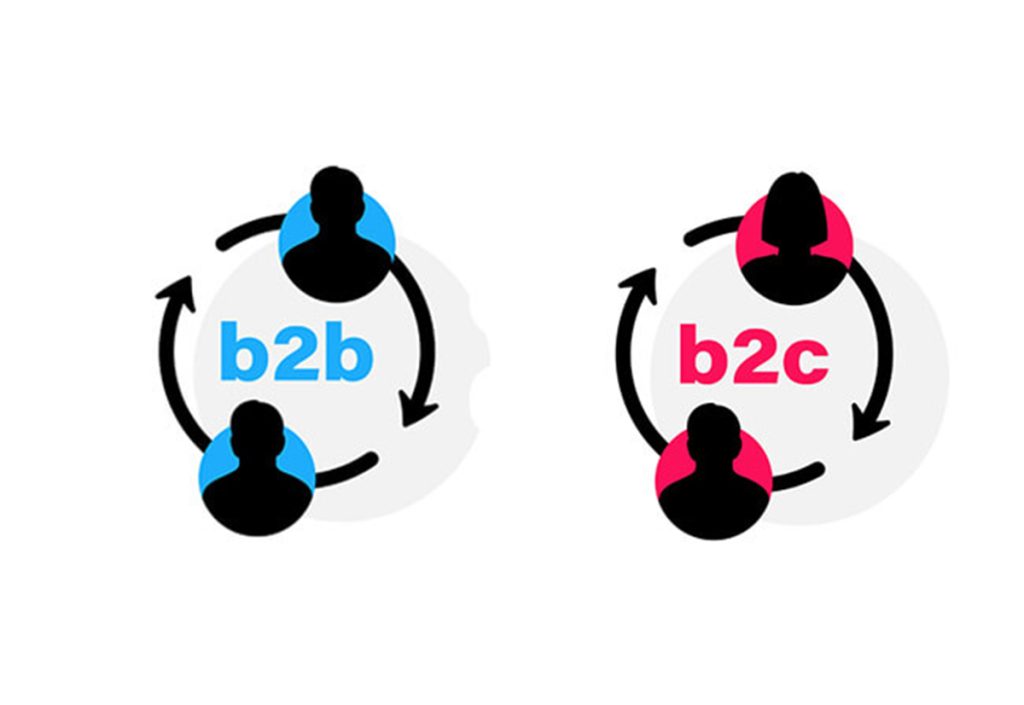
B2B stands for “Business-to-Business”, while B2C stands for “Business-to-Customer”.
A business-to-consumer transaction involves a company selling products and services to a consumer and refers to an individual product purchase.
B2B, on the other hand, refers to the sale of goods and services between businesses. B2B transactions can take many forms, including between suppliers and manufacturers, producers and wholesalers, and distributors and retailers. However, B2B refers to all business-to-business transactions.
By the way, BtoB and B2B have the same meaning; the difference is that “to” is expressed as “2.” Therefore, B2B and B2C are interchangeable.
The Difference Between Customers
Understanding fundamental differences between corporate customers and the everyday consumer affects the planning of a website’s design.
B2C – Business-to-Consumer

Setting the persona of the end customer, the consumer, is one of the critical points for successful site construction when creating a B2C website design.
A good B2C website analyzes customer personas, individual purchases, and website browsing habits. Therefore, it is essential to conduct surveys, interviews, website audits, and other preliminary research to determine the type of user groups, such as age, gender, and preferences.
Then, from a set of target images, profile the typical user image and summarize the person image (persona) in detail.
Personas typically include
- Personal Information: Name, age, place of residence.
- Content Preferences: Favorite channels, content formats, tones.
- Business Context: Position and level of influence in the decision-making process.
- Objectives: Measurable goals related to the persona’s work.
- Issues: Problems and dissatisfactions hindering the persona’s purposes.
The first step in developing a B2C website is to design the structure and UI/UX that will appeal to the person’s image.
B2B – Audience Group
What about B2B companies’ persona/audience settings?
In the case of B2B, it is essential to address “business issues encountered by the company” rather than a particular or single person/attribute and design a website that addresses those problems.
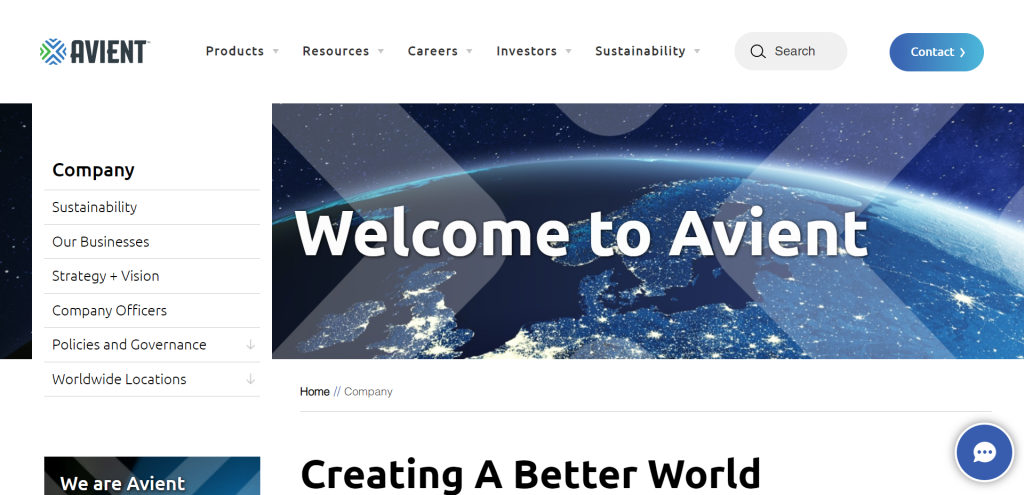
Source: www.avient.com
A B2B website must have a site structure that allows users to quickly and easily find multi-layered solutions that correspond to different problems in different layers.
How B2B and B2C Differ in Customer Journey Timeframe
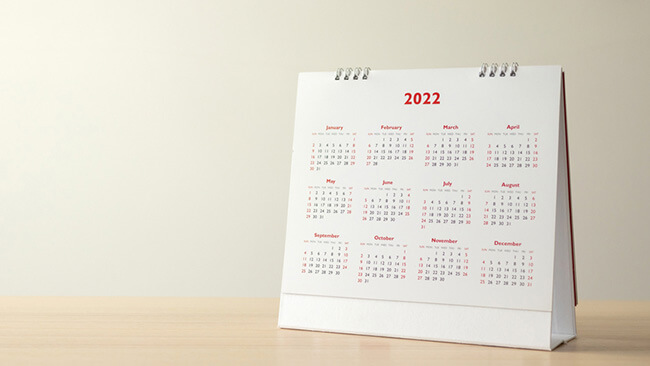
When developing B2C and B2B websites, consider the time it takes to conclude a contract.
B2C – Site Design for Impulse Buying
B2C websites must be designed for short-term competition, emphasizing how to create a site that keeps users from leaving.
For example, developing too many processes to get to the product or purchase page is fatal and causes the user to leave. Instead, use catchy and creative headlines, discounts, and other incentives to persuade customers to buy.
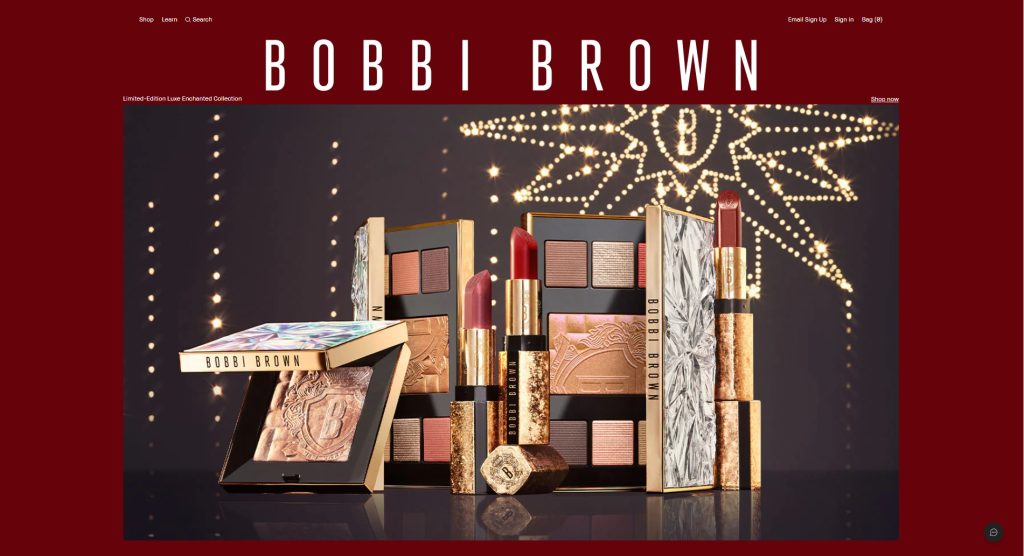
Source: www.bobbibrowncosmetics.com
A B2C website design should entice customers to purchase impulsively by promoting related products and products that may be of interest.
B2B – Designing for Information-Intensive Clientele
In the case of B2B company websites, the purchasing process is always far more complex than in B2C.
Even if a B2B company discovers a good product on the Internet, it will be difficult for them to make an impulse purchase like a customer because the product price tends to be high and significant business decisions are involved.
As a result, the purchasing process is critical in B2B business. B2B purchasing process provides medium to long-term helpful information to users who visit a website, gradually increasing users’ interest and guiding them to sign contracts.
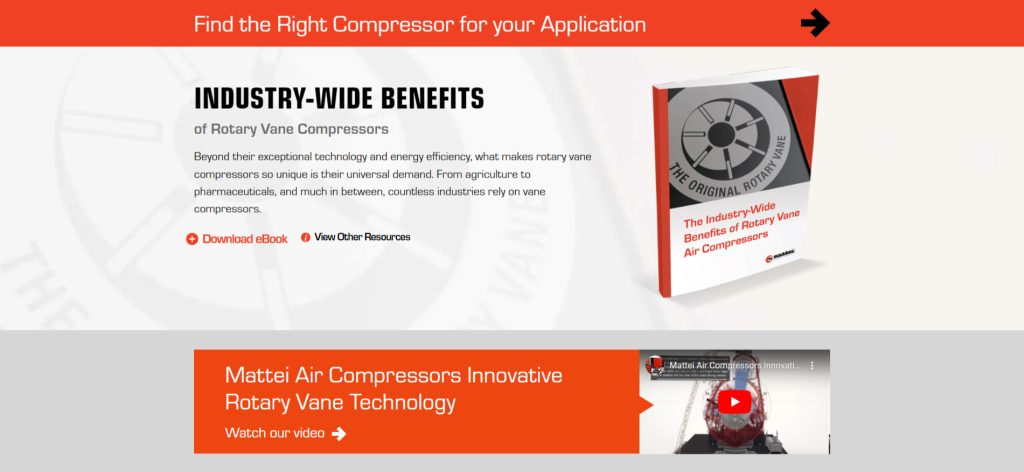
Source: www.matteicomp.com
The website provides users with valuable content, such as white papers, case studies, buying guides, and webinars, which are free to download.
The Differences in the B2B and B2C Purchasing Process

So, what’s the difference between B2C and B2B marketing? And what’s the time difference in closing a deal? Consider the following example:
B2C – Web Design for a Short-Term Customer Journey
For example, a user who wants to make an appointment at a beauty salon will complete the following tasks in about 30 minutes.
- Scan a summary site that introduces multiple beauty salons
- Read reviews
- Visit a hairdresser’s website to find high reviews for the salon
- Check the menu and prices on the website
- Make a reservation using the reservation form
- Plot it in the schedule
B2B – Long-Haul Website Design
On the other hand, in a business-to-business transaction, a company seeking new manufacturing equipment will purchase it over several months to a year to implement the following process:
- Organize an internal meeting to talk about the need for new equipment
- Assign someone from your department to conduct the preliminary investigation
- The person in charge searches for and interviews 6-7 potential vendors
- Reps compile a list of advantages and disadvantages for each
- The person in charge reports the list to the manager, who is the boss or the purchasing person
- Managers and purchasing representatives examine each listed vendor’s website to determine the top three
- The person in charge will contact the top three vendors
- Weeks of quote negotiation, delivery, implementation planning, and implementation training
- Contract termination.
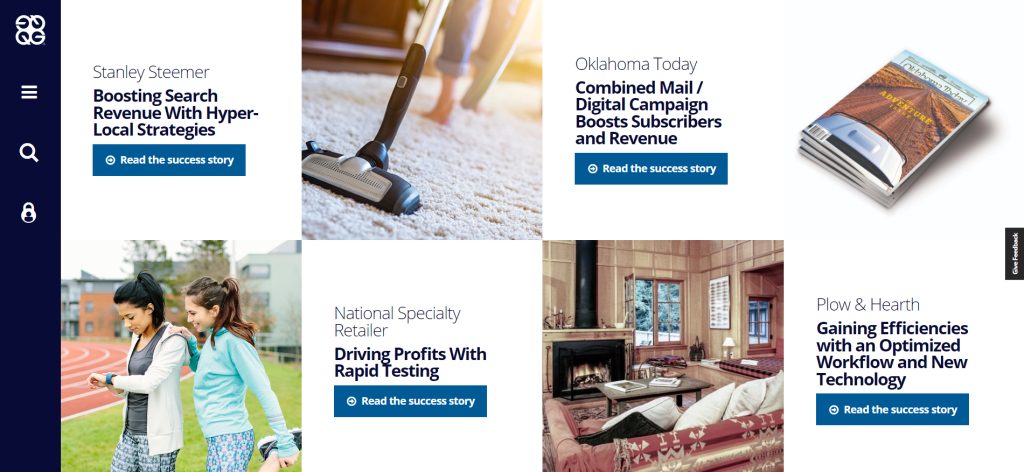
Source: www.quad.com
B2B vs B2C Pricing Differences
Pricing varies between B2C and B2B products. Of course, it depends on the industry and type of business, but B2C companies frequently have products at a fixed price, whereas B2B companies have variable costs (except when large-scale sales are taking place for B2C).
In B2C, the price of a bottle of edible oil does not change even after a month. However, in B2B, it is necessary to calculate the estimated cost for semiconductor manufacturing equipment.
With this difference in product price type in mind, creating a B2B website with the following three elements is helpful:
- Keep the contact form as simple as possible.
- Provide a price calculator
- After receiving an inquiry, make a promise about how long it will take to respond.
B2B product prices vary depending on quantity and specifications, but many B2B customers are just as concerned with price as B2C customers. Therefore, even on a B2B website, it would prove beneficial for users to check the cost ahead of time.
Furthermore, in B2B businesses that require communication, such as business talks and negotiations, telling users on the web that the salesperson in charge will contact them within a few business days creates a sense of security and trust.
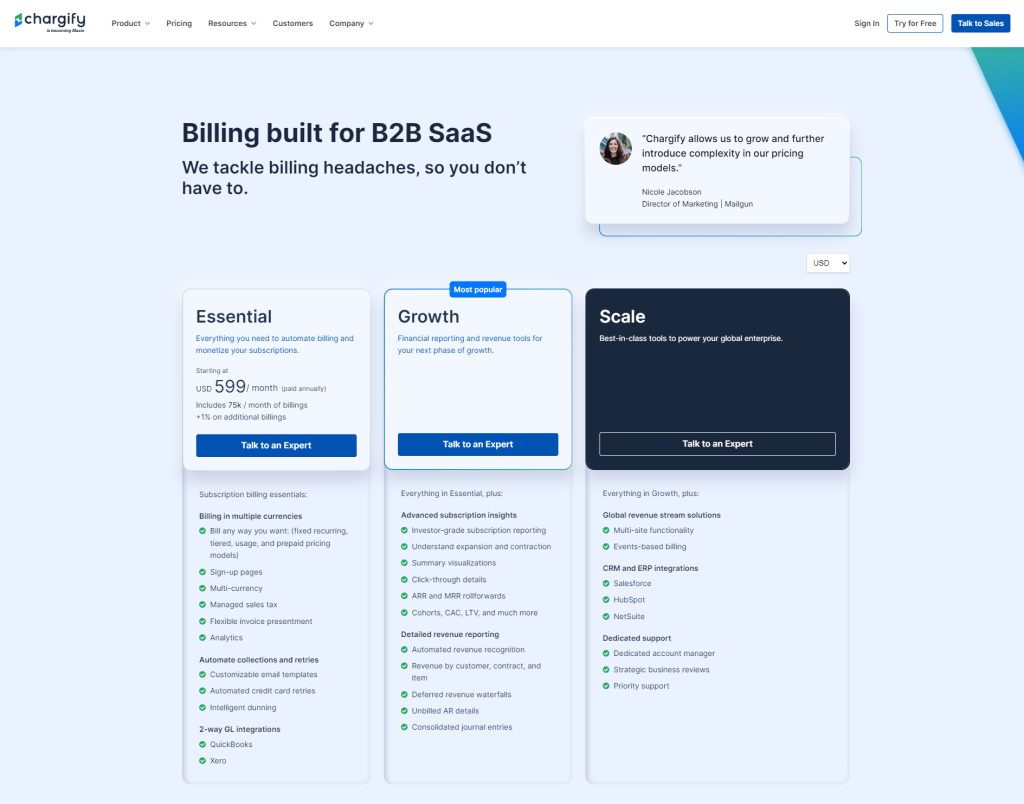
Source: www.chargify.com
Many Considerations for B2B vs B2C Website Design
Customer, purchasing process, duration, and price are the four areas where B2C and B2B demand distinct strategies. Therefore, creating a website appropriate for your business is one of the most crucial components of building a relationship with your client through your website.
At Info Cubic Japan, we propose multilingual website designs that consider the subtle differences between a Japanese company and other business cultures.
